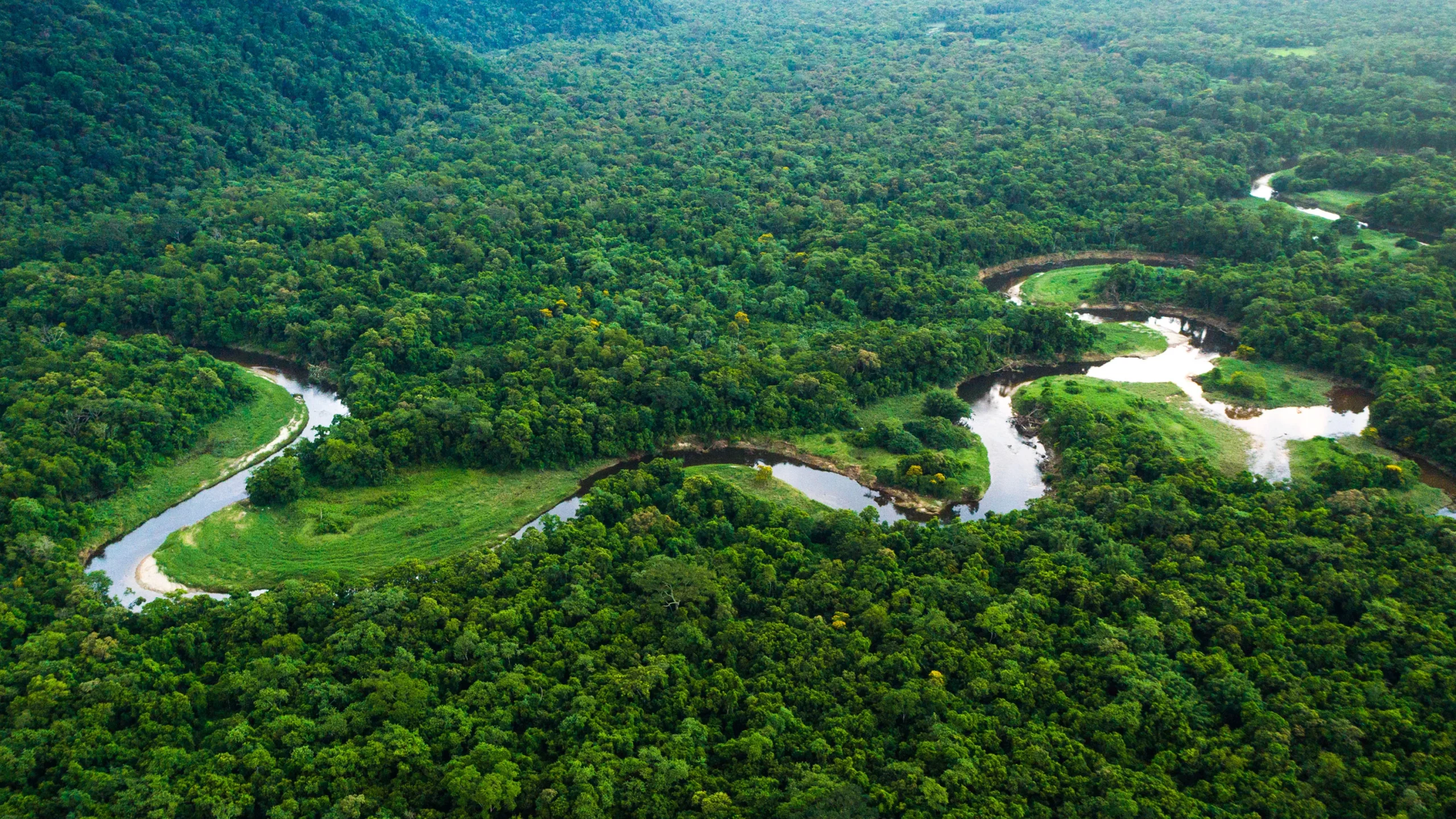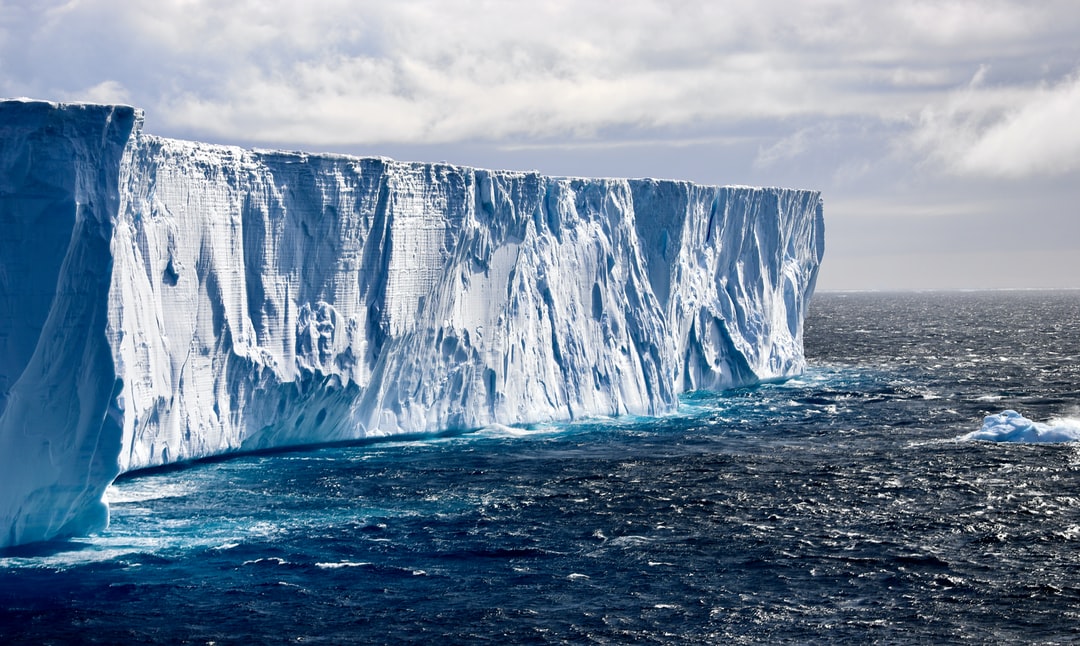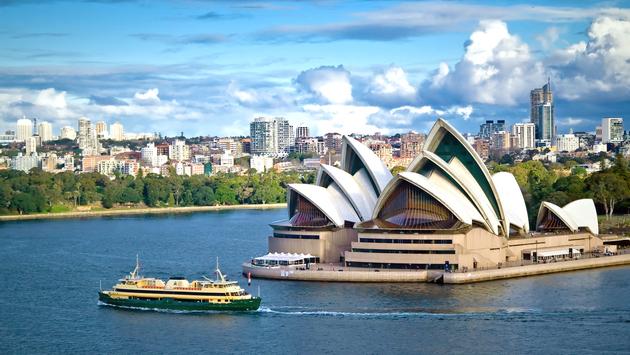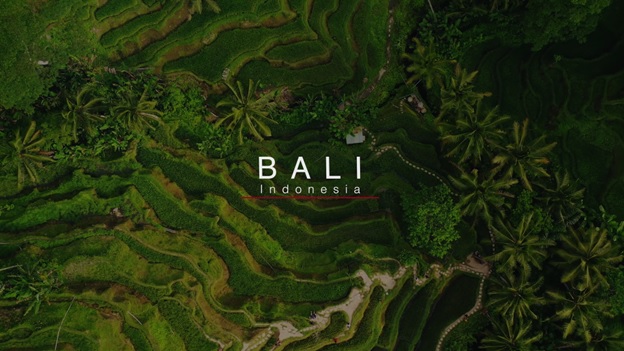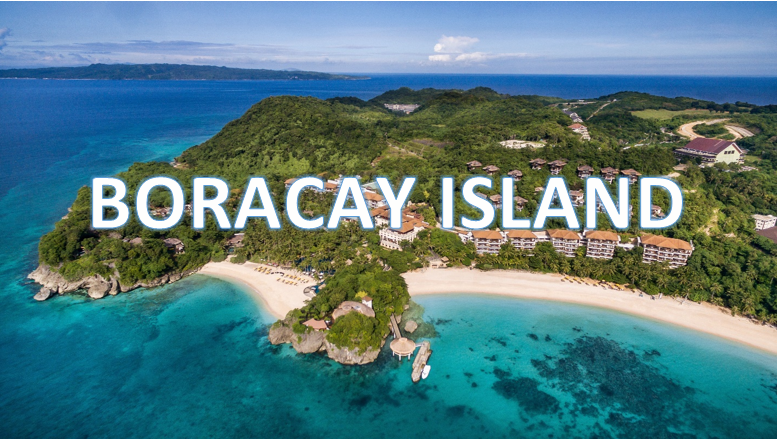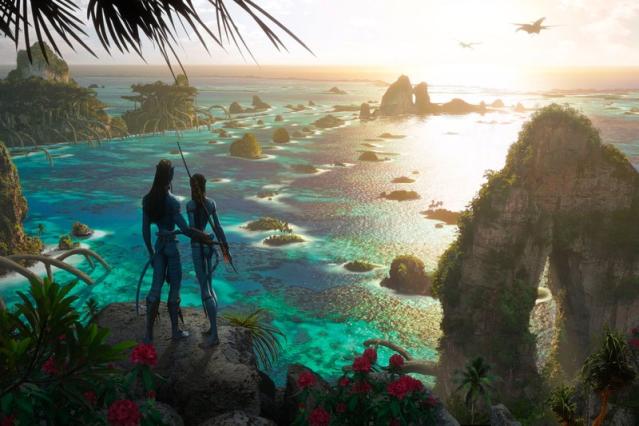Category: Landscape
Tags: 4k sample
Antarctica

Antarctica is one of the most mysterious places in the world. It has captivated many peoples imaginations for centuries. From the first explorers of the 1800s to the brave scientists of today. The wonders of Antarctica’s icy plains have captivated us. Antarctica is shrouded in mystery. It is the world’s last unexplored wilderness and is a land of extremes. It’s also great at keeping its secrets.
This continent is inhospitable to humans due to the harsh conditions, freezing temperatures, and barren landscapes. The frozen continent is roughly 1.5 times the size of the United States, and 99 percent of it is covered in ice. This accounts for 90 percent of all ice on the planet.
Despite this, scientists have continued to make discoveries, including blood- red waterfalls, ancient fossils, strange natural phenomena, and incredible creatures. They’ve even discovered a world beneath the ice, complete with salty underground lakes and a massive mountain range hidden beneath.

Antarctica is the world’s southernmost continent and the fifth largest.
Its landmass is nearly entirely covered by a massive ice sheet. Antarctica, often referred to as a continent of superlatives, is not only the world’s southernmost continent. It is also the highest, driest, windiest, coldest, and iciest continent on the planet. Antarctica is approximately 5.5 million square miles (14.2 million square kilometers) in size. It has thick ice covering approximately 98 percent of the land. East Antarctica (which is mostly made up of a high ice-covered plateau) and West Antarctica are the two parts of the continent (which is largely an ice sheet covering an archipelago of mountainous islands).
On the other hand, Antarctica’s name means “opposite to the Arctic,” as it lies almost concentrically around the South Pole. Except for the out flaring Antarctic Peninsula, which reaches toward the southern tip of South America (some 600 miles [970 km] away), and two major embayments, the Ross Sea and the Weddell Sea, it would be essentially circular. The deep embayments of the Southern Ocean shape the continent, dividing it into two unequal-sized parts. East Antarctica is larger and lies mostly in the east longitudes than West Antarctica, which is entirely in the west longitudes. The Transantarctic Mountains separate East and West Antarctica by about 2,100 miles (3,400 kilometers).

Geography of Politics
The Antarctic has become a symbol of climate change. Scientists and policymakers are focusing on changes in this environmentally sensitive region to push for its protection and the sustainable use of its scientific resources.
In addition, the continental ice sheet contains approximately 7 million cubic miles (about 29 million cubic kilometers) of ice, accounting for approximately 90% of the world’s ice and 80% of its fresh water. It has an average thickness of 5,900 feet (1,800 meters). Ice shelves or floating ice sheets covered the many parts of the Ross and Weddell seas. Together with other shelves along the continental margins, these shelves the Ross Ice Shelf and the Filchner-Ronne Ice Shelf fringe about 45 percent of Antarctica. Icebergs are constantly discharged into the seas by shelves, glaciers, and ice sheets along the Antarctic coast.
The continent is a cold, dry desert where the abundance of life depends upon the accessibility of water. While there are over a thousand known species of organisms in the terrestrial ecosystem, the majority of these are microorganisms. Maritime Antarctica the islands and coasts has more life than inland Antarctica, and the surrounding ocean is as diverse as the land.
Whalers and sealers plied the rich seas that surrounded the continent from the late 1800s to the mid-20th century.The ice-choked and stormy seas around Antarctica have long hampered wooden-hulled ship exploration. There are no lands that can withstand the relentless force of the prevailing west winds as they race clockwise around the continent, dragging westerly ocean currents beneath. Furthermore, many tourists have visited Antarctica, emphasizing the importance of scenic resources in the continent’s economic development.

Antarctica is the world’s southernmost continent and the fifth largest.
A massive ice sheet covered its landmass. In addition, the ice-choked and stormy seas around Antarctica have long hampered wooden-hulled ship exploration. There are no lands that can withstand the relentless force of the prevailing west winds as they race clockwise around the continent, dragging westerly ocean currents beneath. The Southern (or Antarctic) Ocean, the cold oceanic water mass below 60° S with unique biological and physical characteristics, meets the southernmost parts of the Atlantic, Pacific, and Indian oceans. Early exploration of the Southern Ocean in search of fur seals resulted in the discovery of the continent in 1820. Icebreakers and aircraft now make access relatively easy, though not without risk in bad weather. Furthermore, many tourists have visited Antarctica, emphasizing the importance of scenic resources in the continent’s economic development.
Other things to know about Antarctica
Antarctica is the planet’s southern continent. It is also the continent that is the driest, windiest, coldest, and iciest. With an average elevation of about 7,200 feet (2,200 meters) above sea level, it is the world’s highest continent.
The lowest temperature in Antarctica ever recorded happened on July 21, 1983. The high inland ice sheet of Antarctica at Vostok Station recorded the lowest temperature ever recorded in the world at the temperature of 128.6 °F (89.2 °C)
How big is Antarctica?
Antarctica covers approximately 5.5 million square miles (14.2 million square kilometers). It is the world’s fifth largest continent.
Do any plants grow in Antarctica?
Antarctica is home to approximately 800 plant and plantlike organism species, 350 of which are lichens. Only cold-tolerant land plants and plantlike organisms can survive Antarctica’s cold desert climate; these species must also be able to survive lengthy winter periods of total or near-total darkness, during which photosynthesis cannot occur.
Is Antarctica open to tourism?
Tourism in Antarctica and the surrounding region dates back to the late 1800s but organized commercial tourism did not begin until the mid-1960s. The International Association of Antarctica Tour Operators, a self-regulating industry body founded in 1991, is home to the majority of tour operators.
Even though, a lot of secrets about Antarctica, this continent has been slowly opening to the world little by little. By doing so, it not only reveals the secrets of the continent but also some of the worlds.

